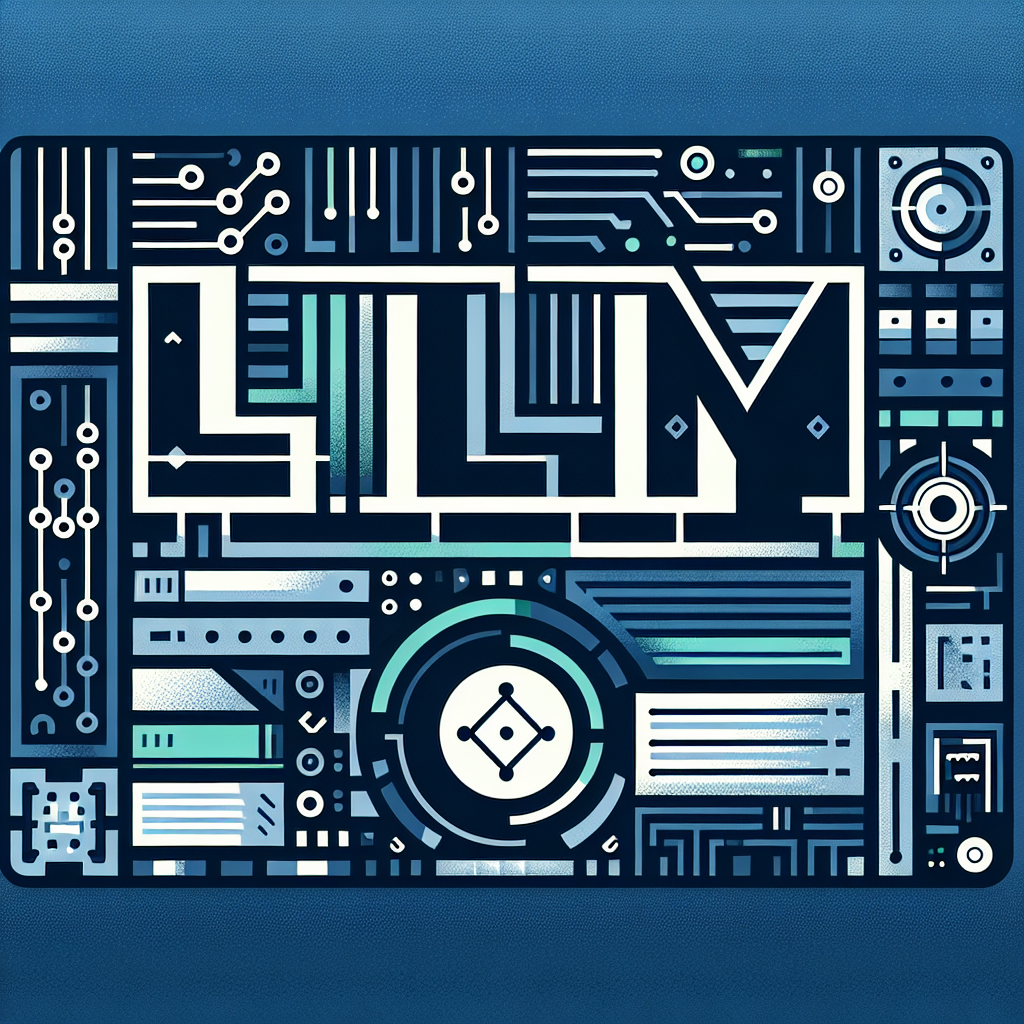LLM Meaning: Unlock the Power of Legal and AI Terms

Understanding What LLM Stands For
In today’s rapidly evolving technological and educational landscape, abbreviations like LLM can represent different concepts across various domains. Whether you’re exploring advanced academic qualifications or the latest in artificial intelligence, understanding what LLM stands for is crucial. This blog post will delve into the multifaceted nature of LLM, exploring its significance in legal education and cutting-edge technology.
LLM in Legal Education: A Path to Legal Mastery
What is an LLM in Law?
In the realm of legal education, LLM stands for “Master of Laws” (Latin: Legum Magister). This postgraduate academic degree is designed for individuals who wish to gain expertise in a specific area of law. Here are some key points about an LLM in legal studies:
- Advanced Specialization: An LLM allows lawyers to specialize in areas such as international law, human rights, or taxation, providing a deeper understanding than a typical law degree.
- Global Recognition: An LLM is recognized worldwide and can enhance a lawyer’s credentials, making them more competitive in the global job market.
- Career Advancement: Many legal professionals pursue an LLM to improve their career prospects, aiming for roles in academia, international organizations, or higher-level positions in law firms.
Benefits of Pursuing an LLM
The pursuit of an LLM provides numerous benefits, contributing to what many refer to as “legal mastery”:
- Expanded Knowledge Base: An LLM program offers a more profound insight into specialized legal fields, often involving complex case studies and legal principles.
- Networking Opportunities: Students interact with peers and faculty from various legal backgrounds, expanding their professional network.
- Research Skills: Many programs emphasize research, enabling students to contribute to legal scholarship and innovation.
LLM in Technology: The Rise of AI Language Models
What is an LLM in Technology?
In the sphere of technology, LLM stands for “Large Language Model.” These models are a crucial part of artificial intelligence, designed to understand, generate, and manipulate human language. Here’s a closer look at AI Language Models:
- Natural Language Processing: LLMs are vital in processing and interpreting human language, enabling applications like chatbots, language translation, and sentiment analysis.
- Machine Learning: These models use machine learning techniques to improve their language capabilities, often requiring vast datasets to train effectively.
- Versatility: LLMs can be adapted for various applications, from customer service automation to content creation and beyond.
Key Features of AI Language Models
Large language models possess several distinctive features that make them integral to modern technology:
- Contextual Understanding: LLMs excel at understanding the context of a conversation or text, which allows for more accurate and relevant responses.
- Scalability: Thanks to advancements in computing power, LLMs can handle large volumes of data and complex processing tasks efficiently.
- Continuous Learning: These models improve over time by learning from new data, enhancing their accuracy and utility.
Code Example: A Simple LLM Implementation
To illustrate a basic implementation of a language model, consider the following Python code snippet using the popular Hugging Face Transformers library:
from transformers import pipeline
## Initialize a text generation pipeline with a pre-trained model
generator = pipeline('text-generation', model='gpt2')
## Generate text based on a prompt
prompt = "The future of AI in legal technology is"
generated_text = generator(prompt, max_length=50, num_return_sequences=1)
print(generated_text)
In this example, the pipeline function initializes a text generation model using OpenAI’s GPT-2. By providing a prompt, the model generates a continuation of the text, showcasing its contextual understanding and language generation capabilities.
LLM’s Impact on Legal Technology
The Intersection of Legal Mastery and AI Language Models
The convergence of legal mastery and AI language models has given rise to innovative legal technology solutions. LLMs in this context can automate and enhance various aspects of legal work, such as:
- Document Review: AI models can quickly analyze large volumes of legal documents, identifying relevant information and reducing manual effort.
- Contract Analysis: LLMs assist in examining contracts, highlighting potential risks and ensuring compliance with legal standards.
- Predictive Analytics: By analyzing past cases and legal data, AI models can predict outcomes and inform legal strategies.
Real-World Applications
Legal firms and technology companies are increasingly integrating AI language models into their operations. Some real-world applications include:
- Legal Research Tools: Platforms like ROSS Intelligence use AI to streamline legal research, providing more efficient access to case law and statutes.
- Automated Drafting: Companies like LegalZoom employ AI to assist in drafting legal documents, ensuring accuracy and adherence to legal norms.
- Client Interaction: Virtual legal assistants powered by LLMs handle client queries, improving response times and client satisfaction.
Conclusion
Understanding what LLM stands for is essential in both legal education and technology. Whether pursuing an advanced degree in law or exploring the capabilities of AI language models, LLM represents a gateway to expertise and innovation. As the world continues to evolve, the dual significance of LLM will likely expand, further bridging the gap between traditional legal mastery and cutting-edge legal technology. By embracing these developments, professionals can stay ahead in their respective fields, leveraging the full potential of LLMs to shape the future.